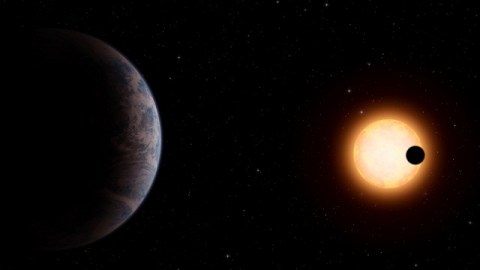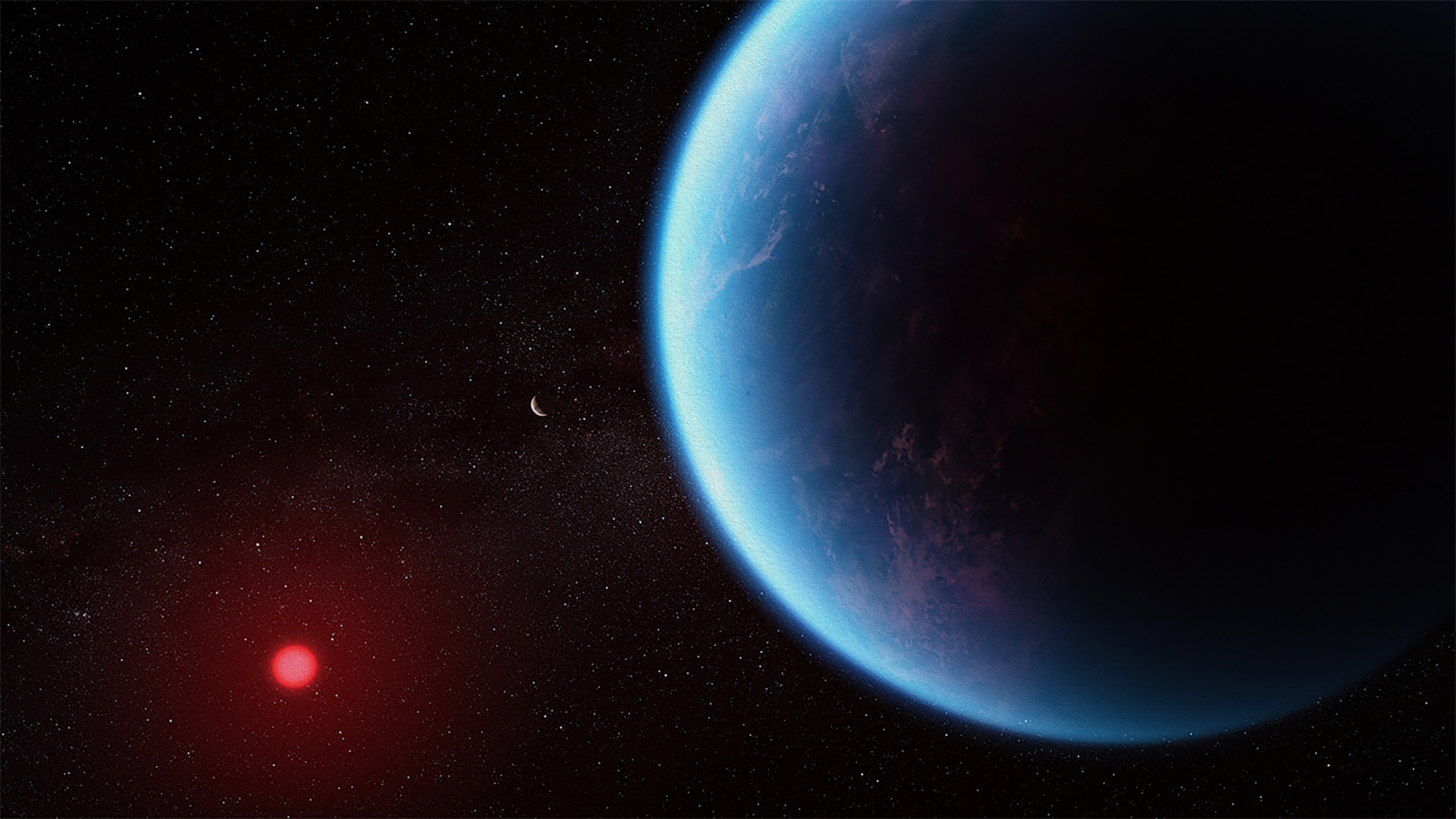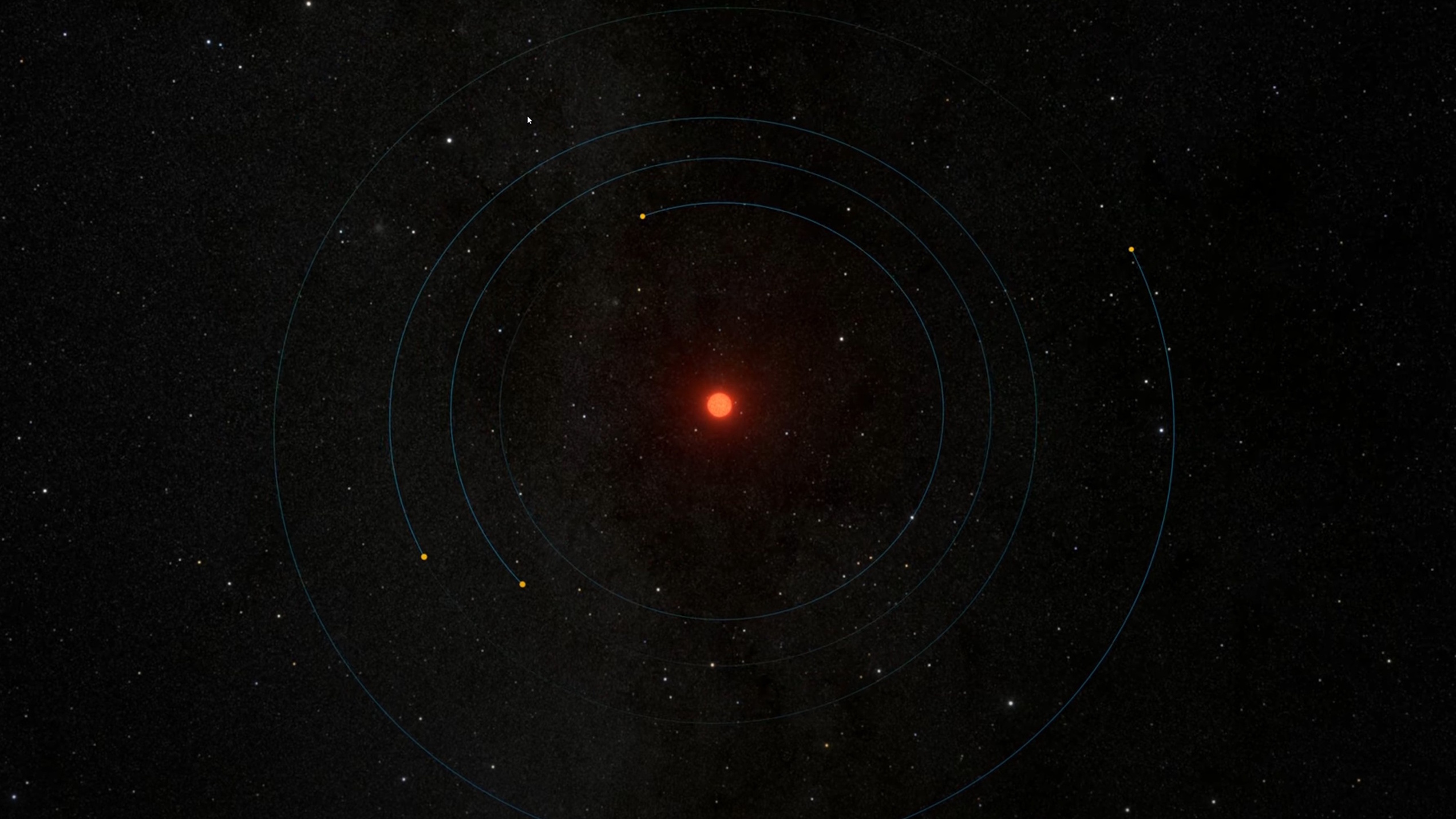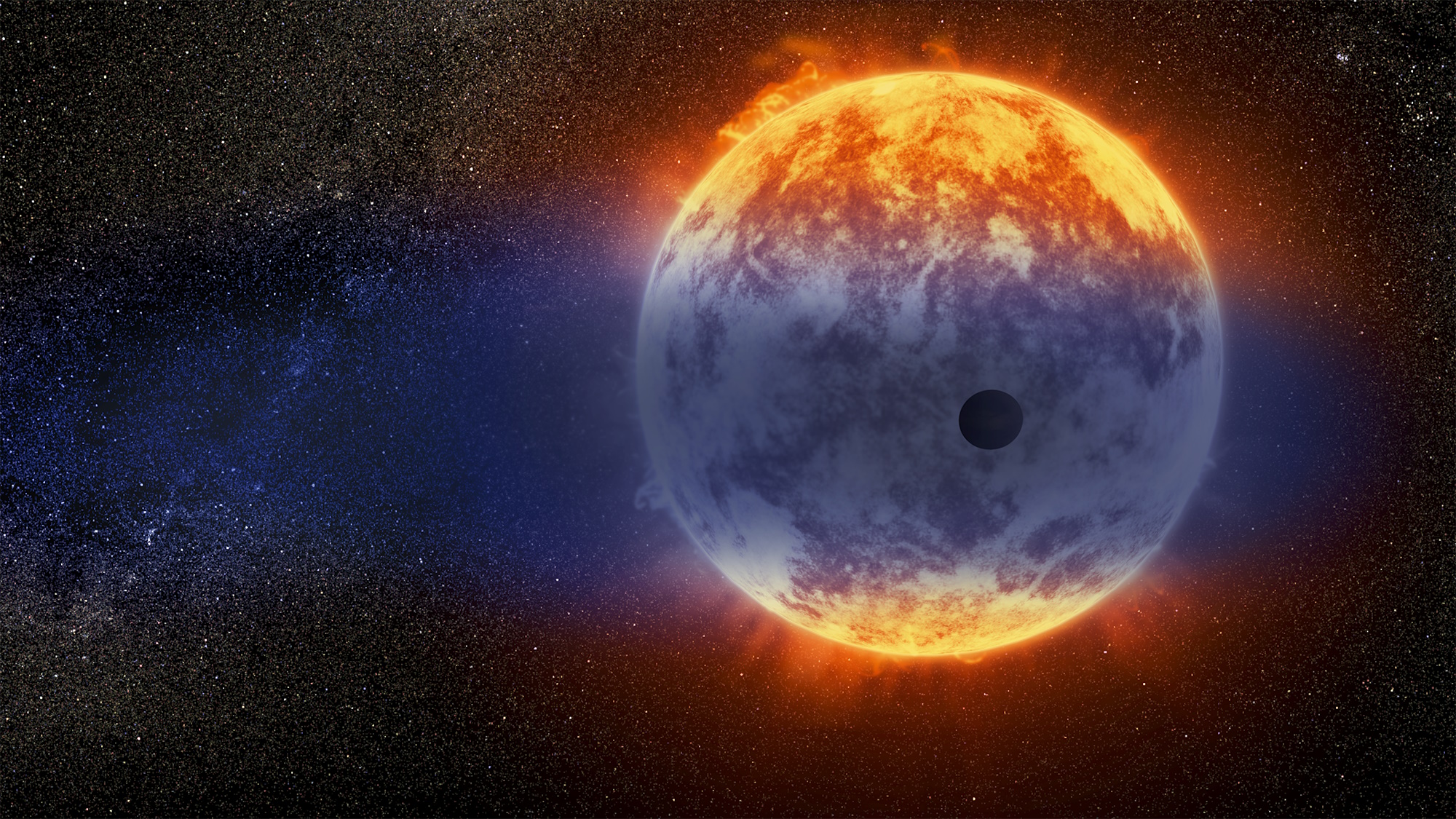Search For Earth’s Twin Narrows Down To M-Dwarfs

What’s the Latest Development?
A study done by astronomers at Harvard University suggests that greater attention should be paid to a class of stars called M-dwarfs, since it seems that almost all of the more than 300 Earth-sized exoplanets currently discovered by NASA’s Kepler telescope orbit around one of them. According to astronomer David Charbonneau, “If the Sun is a hundred-watt bulb, M-dwarfs are Christmas-tree lights.” They constitute only a small portion of the total number of stars in Kepler’s vision, but they make up a large portion of the stars in the Milky Way.
What’s the Big Idea?
M-dwarfs tend to be more active than our Sun, but the period of activity lasts much longer, which means that any Earth-sized planet that exists in an M-dwarf’s habitable zone may have been supporting life for as many as 10 billion years — more than twice as long as Earth. Thanks in part to Kepler, scientists know that at least 248 M-dwarfs are in our immediate area. If it turns out that these stars are most likely to have Earth-like planets around them, the nearest one could be as little as 13 light-years away — a distance that the study’s lead author Courtney Dressing says “is like a stroll across the park” in astronomical terms.
Photo Credit: Shutterstock.com





